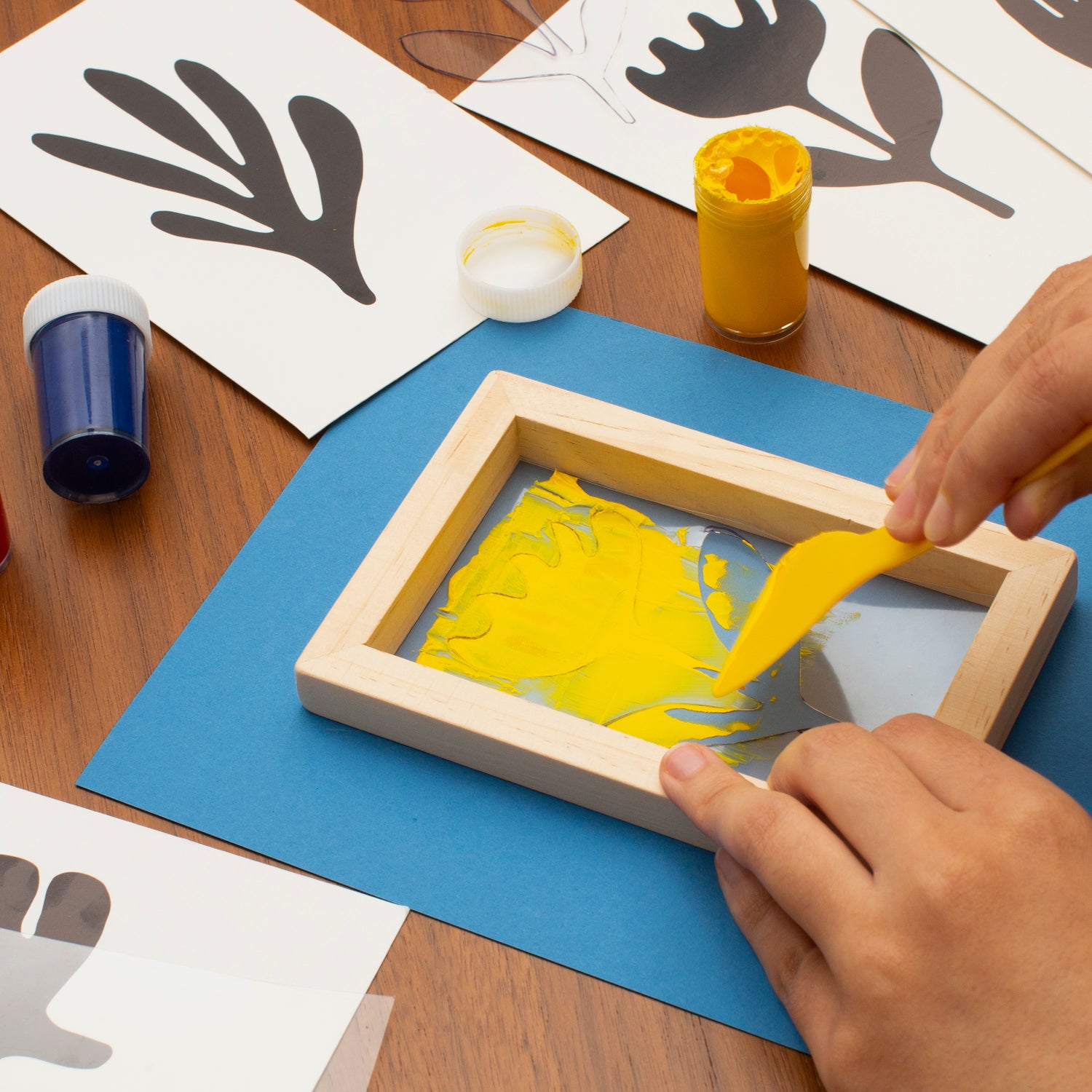The Necessary Overview to Comprehending Screen Printing and Its Versatile Uses
Screen printing has a rich background that dates back to old times, evolving right into a sophisticated strategy made use of across various markets today. This overview checks out the complexities of the screen printing procedure, outlining its applications in home, style, and marketing design - 10:9 Design Abilene. Comprehending these basics can open up innovative potential for both business and artistic tasks. The following sections will certainly reveal necessary suggestions and techniques to boost one's screen printing undertakings
The History of Screen Printing
Although screen printing has roots that map back centuries, its advancement reflects the artistic and technical innovations of various societies. Originating in old China, the method was originally utilized for enhancing textiles and later infect Japan, where it became indispensable to Ukiyo-e woodblock printing. The approach shifted to Europe in the 18th century, where it obtained popularity among craftsmens and commercial printers. The development of image solution in the 20th century transformed screen printing, permitting for more intricate styles and greater effectiveness. Artists like Andy Warhol further propelled its popularity, utilizing the medium to develop famous works that mixed commercialism and art. By the late 20th century, screen printing had actually established itself as a flexible strategy, used in style, advertising and marketing, and art. Today, it remains to progress, incorporating electronic technology and increasing its applications throughout various industries.
The Screen Printing Process Explained
Screen printing changes imaginative visions right into substantial designs through a series of exact actions. Originally, a photo is developed and after that transferred onto a screen, normally constructed from great mesh fabric stretched over a frame. A light-sensitive solution is related to the screen, which is revealed to light, hardening in locations not covered by the picture. After cleaning out the unhardened emulsion, a pattern is formed.
Next off, the screen is positioned over the substratum, whether it be material, paper, or one more material. Ink is then pushed with the open locations of the stencil making use of a squeegee, transferring the layout onto the substratum below. This procedure can be duplicated for numerous shades, calling for different displays for each and every shade. The published thing is treated utilizing warm to guarantee the ink sticks appropriately, resulting in a long lasting, vibrant layout prepared for use.
Sorts Of Screen Printing Techniques

Additionally, specialty strategies, such as discharge screen printing, get rid of dye from the material to produce softer prints, while foil screen printing applies metallic foil to attain a glossy coating (10:9 Design near me). Each strategy uses unique qualities, dealing with various creative demands and manufacturing ranges, inevitably broadening the possibilities within the screen printing domain name
Applications of Screen Printing in Different Industries

Additionally, the signs and advertising and marketing markets use screen printing for creating attractive screens and banners. This technique enables strong shades and elaborate designs that capture interest. In electronics, screen printing is used for applying conductive inks to circuit boards, essential for part connections. The home design sector accepts screen printing to produce distinctive styles on textiles and wall surface art. In general, screen printing offers as an important tool throughout diverse areas, improving items with customized and aesthetically attractive graphics.
Tips for Effective Screen Printing Projects
While carrying out a screen printing task, cautious focus to detail can substantially enhance the last outcome. First, picking premium products is vital; this consists of the screen, inks, and substrates. Making use of appropriate mesh counts can influence ink deposition and detail resolution. Preparation is click here similarly important; extensive cleansing of displays and proper exposure times ensure crisp prints.
Next off, accurate registration is important for multi-color prints. Making use of alignment tools can assist attain precise layering. Additionally, testing prints on scrap materials prior to manufacturing aids identify possible problems without throwing away sources.

Regularly Asked Concerns
What Products Are Best for Screen Printing on Material?
Cotton and polyester blends are perfect for screen printing on material as a result of their toughness and ink absorption. Additionally, specialty materials like silk or canvas can generate distinct structures and coatings, improving the overall style top quality.
Just how Do I Clean and Maintain Screen Printing Equipment?
To clean up and keep screen printing tools, one should on a regular basis clean screens with suitable solvents, check mops for wear, lubricate moving parts, and store all things in a completely dry, dust-free setting to lengthen their lifespan.
What Are the Environmental Effects of Screen Printing?
Screen printing can have considerable ecological influences, consisting of chemical waste from solvents and inks, water usage during cleaning processes, and energy usage. Lasting methods and eco-friendly materials are vital for lessening these unfavorable results.
Can Screen Printing Be Done in the house Properly?
Screen printing can be properly done at home with the appropriate materials and techniques. Hobbyists can develop top quality prints, though success relies on their ability level, equipment, and understanding of the process involved.
What Are the Prices Associated With Beginning a Screen Printing Company?

Beginning a screen printing service involves prices for devices, materials, and work space. Preliminary costs generally range from a couple of hundred to numerous thousand dollars, relying on the range, top quality of equipment, and desired production ability.
Screen printing has a rich background that dates back to old times, advancing right into an innovative technique used throughout different industries today. Another method, rotary screen printing, employs cylindrical displays, facilitating continual printing on material rolls, thus enhancing efficiency for large-scale manufacturings. Additionally, specialized strategies, such as discharge screen printing, eliminate dye from the fabric to develop softer prints, while aluminum foil screen printing applies metal aluminum foil to achieve a shiny surface. In the style market, screen printing is commonly made use of to produce vibrant layouts on clothing, making it possible for brands to display their one-of-a-kind styles. Cotton and polyester blends are ideal for screen printing on material due to their durability and ink absorption.